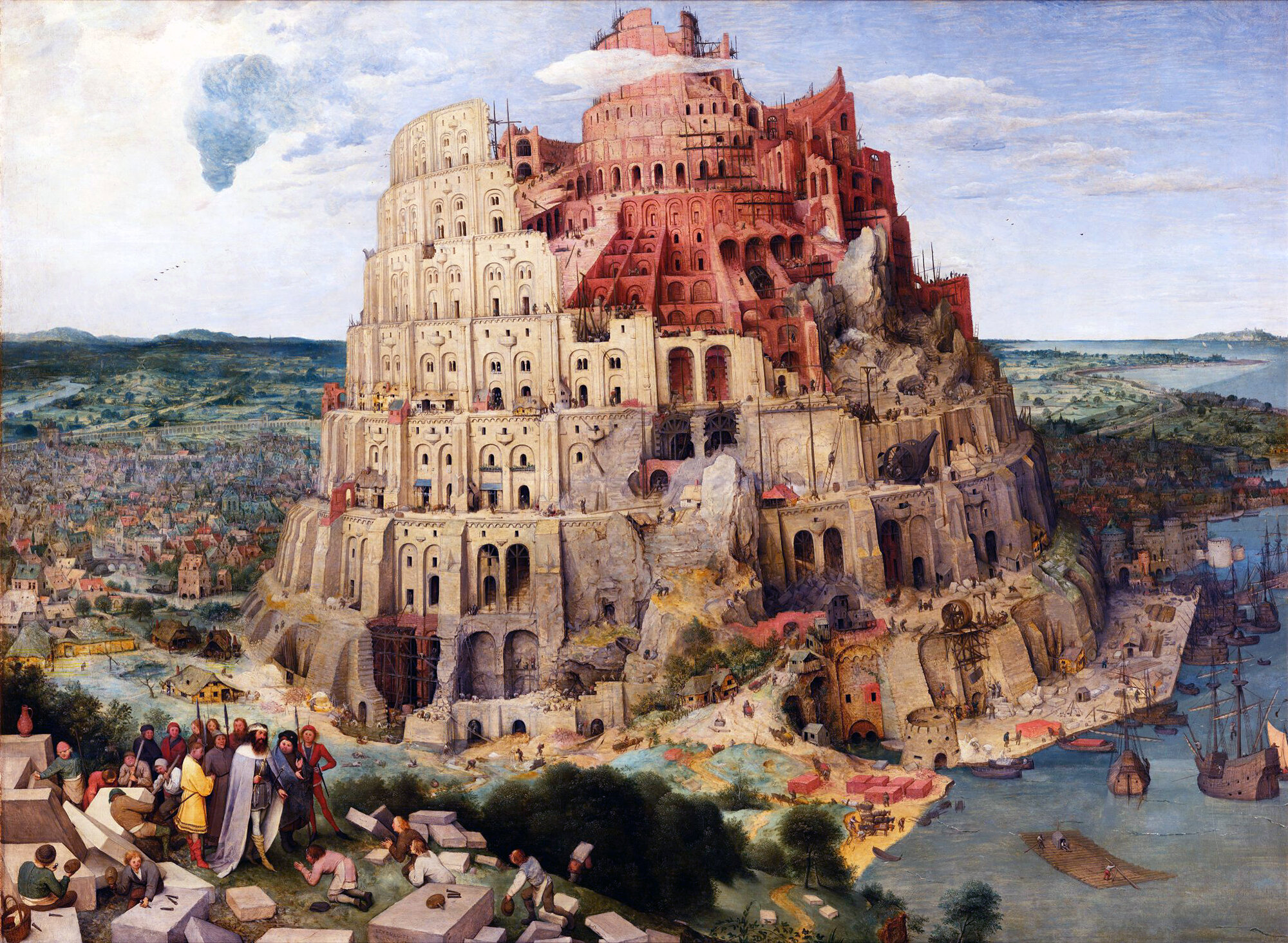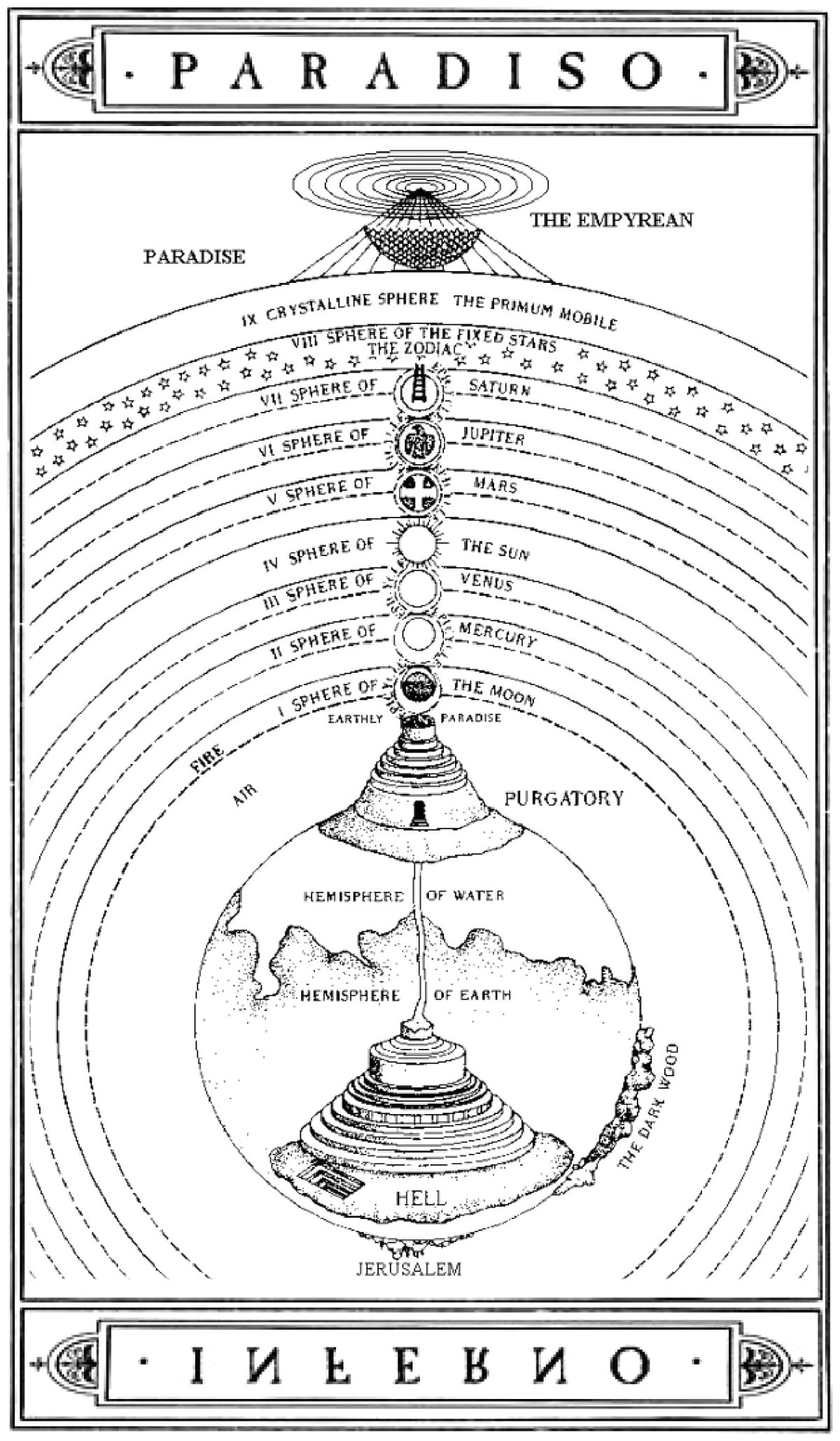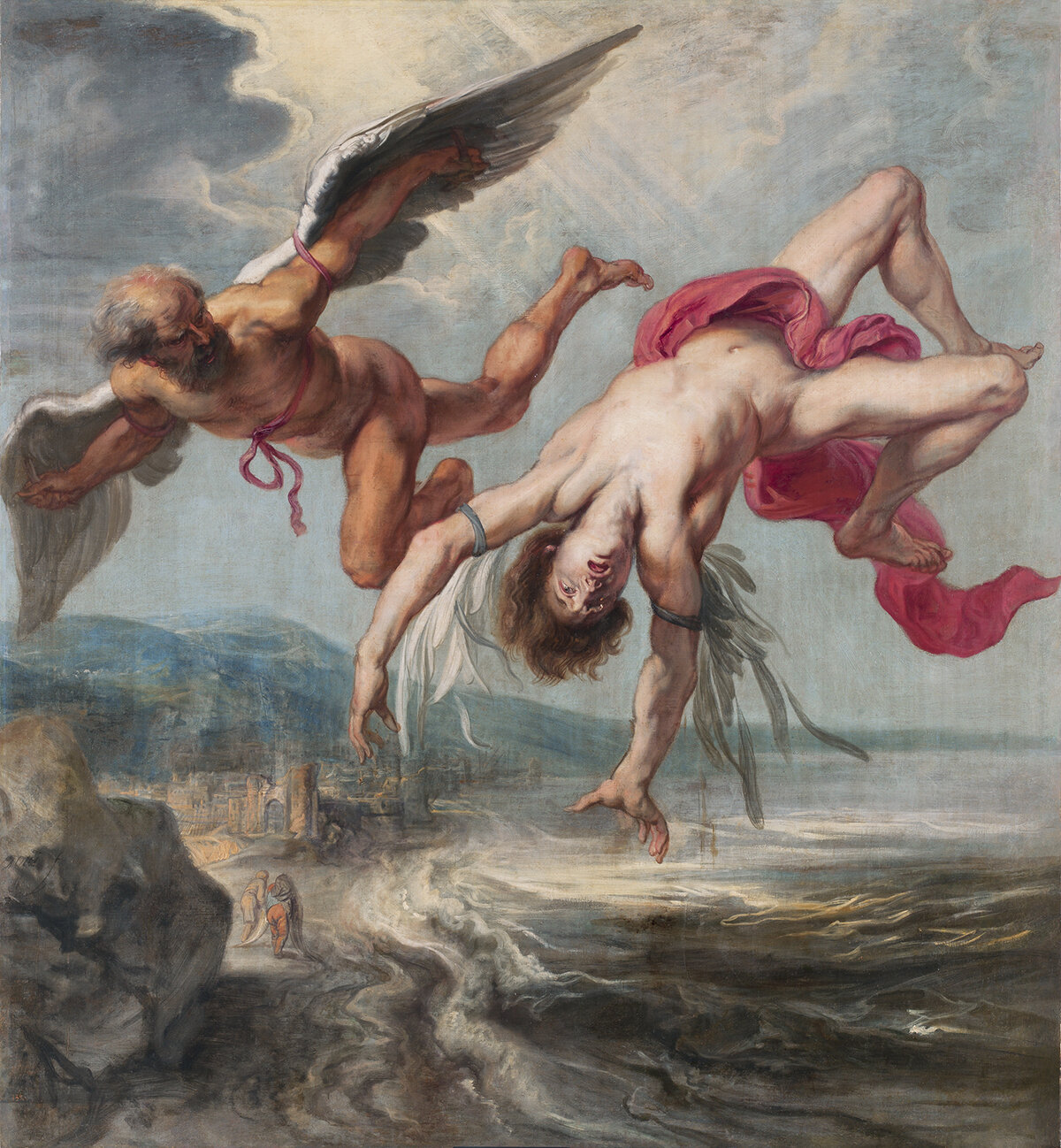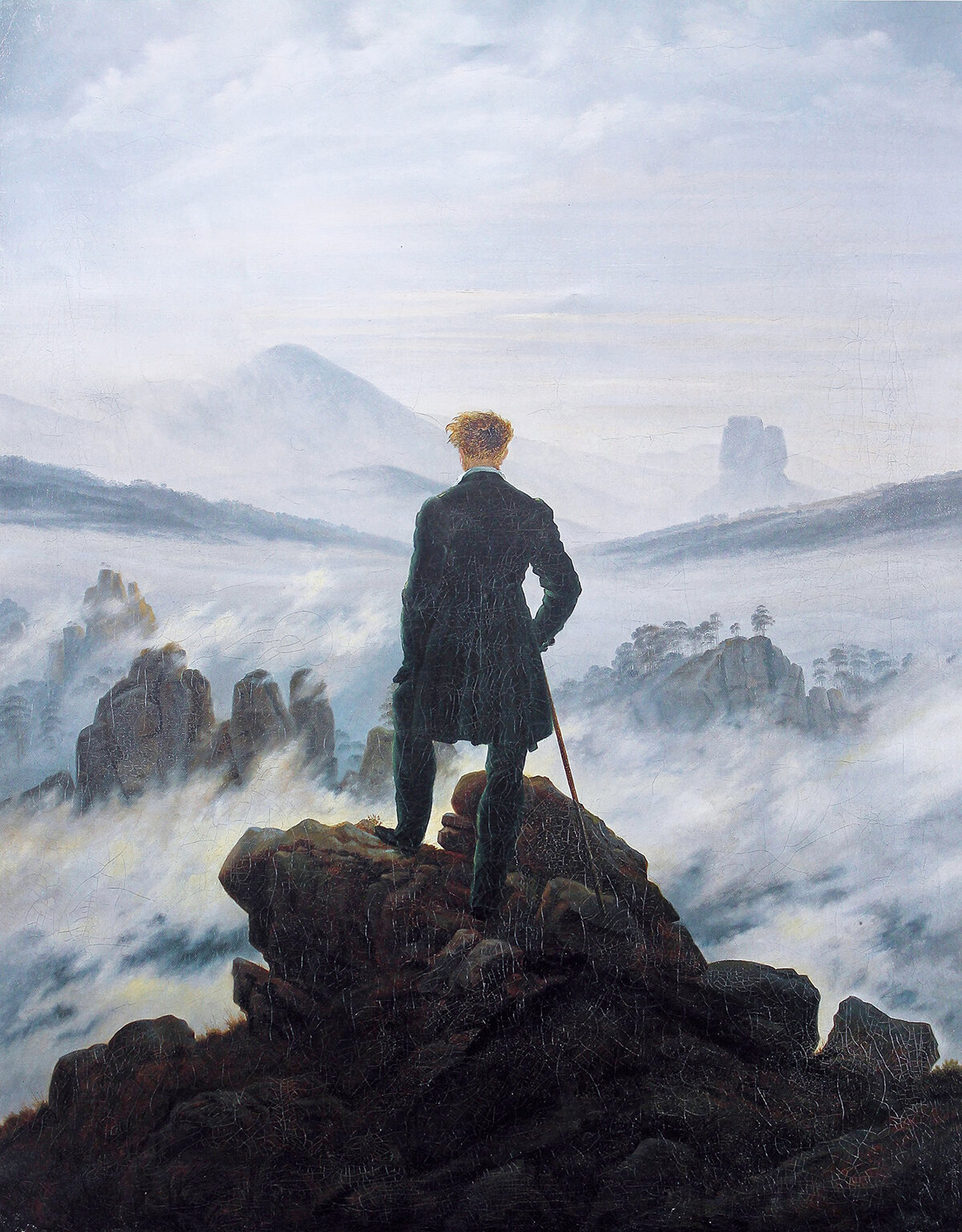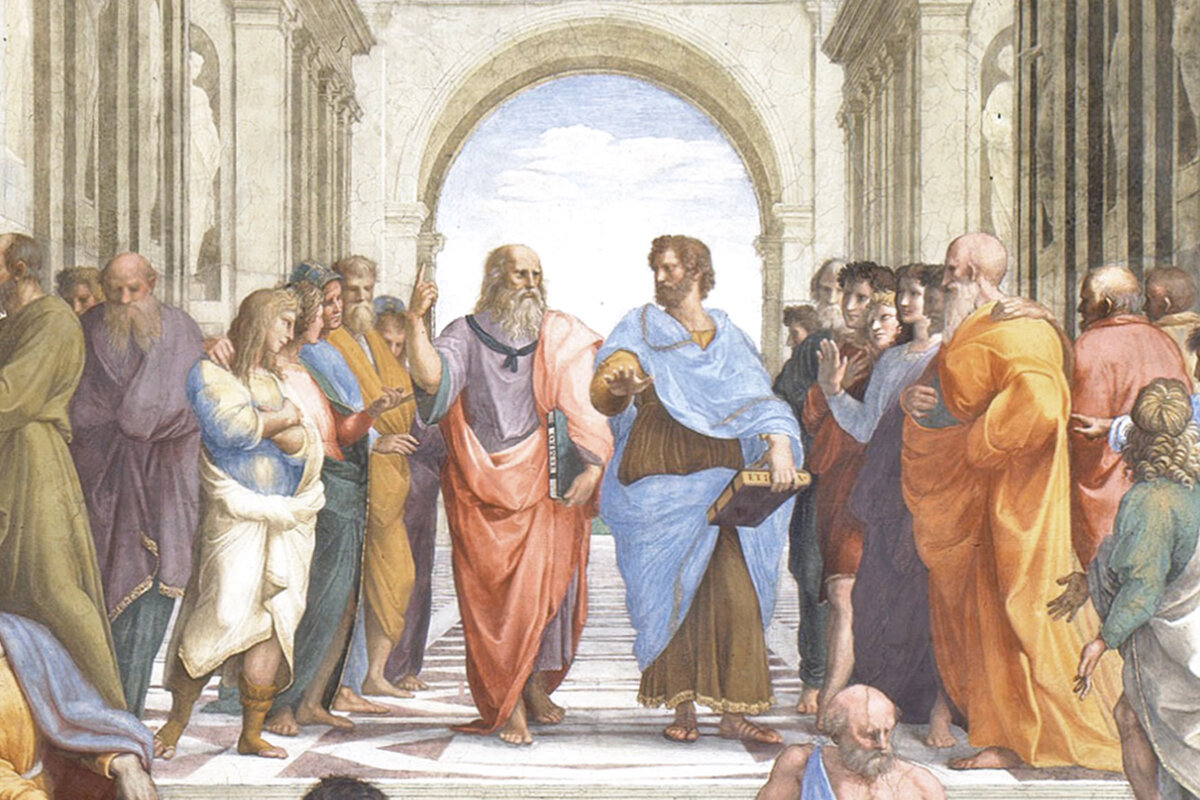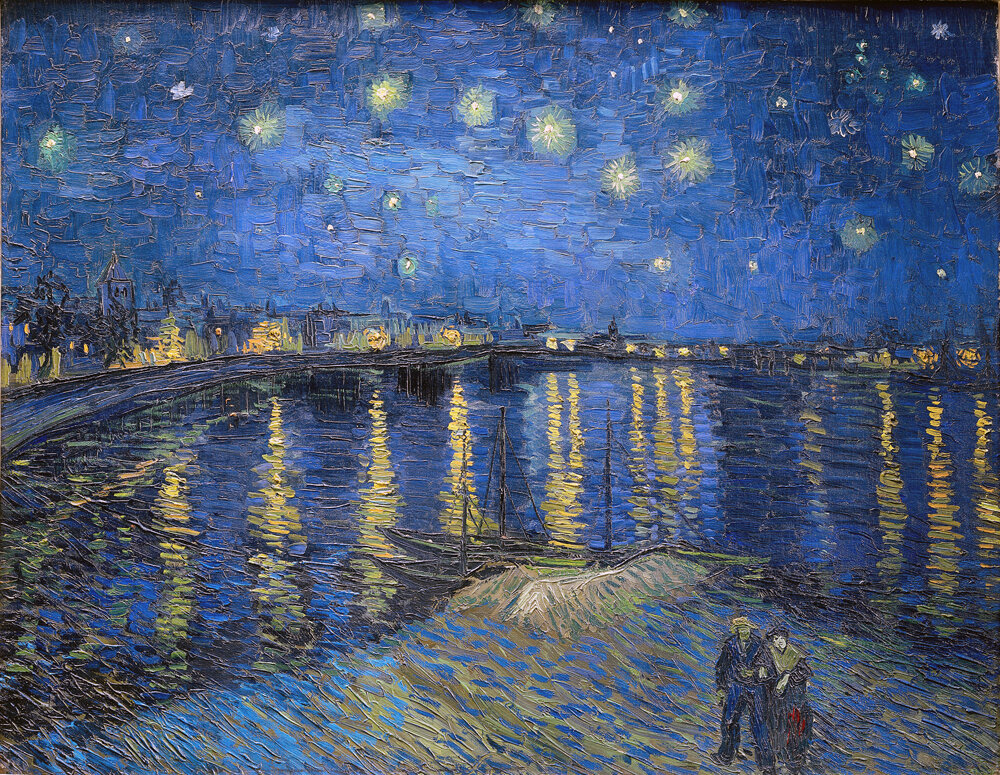Welcome to On Verticality. This blog explores the innate human need to escape the surface of the earth, and our struggles to do so throughout history. If you’re new here, a good place to start is the Theory of Verticality section or the Introduction to Verticality. If you want to receive updates on what’s new with the blog, you can use the Subscribe page to sign up. Thanks for visiting!
Click to filter posts by the three main subjects for the blog : Architecture, Flight and Mountains.
The Tower of Babel : A Parable of Verticality
The Tower of Babel is arguably the most storied myth about the human need for Verticality that has survived from antiquity. It’s a legendary tale of a clash between Ego and God, and it acts as a starting point for any worthwhile history of human towers or skyscrapers. Let’s take a look at why it’s been so influential, and why it encapsulates our struggles with Verticality.
The Tale of the Ebony Horse
Pictured above is an illustration from The Tale of the Ebony Horse, which is a folk tale featured in the Arabian Nights. It tells the story of a mechanical horse that has the ability to fly. Throughout the tale, the horse bestows great power on those who know how to operate it, and it illustrates the power of verticality for the rest of us who cannot fly.
Dante’s Divine Comedy and the Vertical Worldview
Dante Alighieri’s epic poem La Divina Commedia, or The Divine Comedy in English, is widely considered one of the world’s greatest works of literature. It tells the fictional story of Dante and his soul’s experience after death. Throughout the story, Dante descends through Inferno, then ascends through Purgatorio and Paradiso. It’s a journey defined by the axis-mundi, and the entire work is rooted in verticality.
Daedalus and Icarus : A Parable of Human Flight
The oldest and most storied myth of human flight is the Greek myth of Daedalus and Icarus. Any history of flight, if tracked back far enough, will find it’s inception rooted in this timeless tale of youthful hubris. Over the centuries, the name Icarus has become synonymous with over-ambition, and has inspired countless other stories relating to human flight.
Caspar David Friedrich’s Wanderer Above the Sea of Fog
Climbing to the top of a mountain is the closest a person can get to escaping the earth’s surface without taking flight. It’s a triumph over gravity, and it gives the climber a great sense of accomplishment as well as a command over the surrounding landscape. This painting encapsulates all of this beautifully. It was painted around 1818 by Caspar David Friedrich, and it’s called Wanderer Above the Sea and Fog.
Leonardo da Vinci’s Saint John the Baptist
This is Leonardo da Vinci’s painting Saint John the Baptist, painted near the end of da Vinci’s life and career, sometime around 1515. It shows the saint, dimly lit against a dark background and gesturing with his right hand up to the sky. His upward gesture is the focus of the work, since his arm is the closest to the frame, and also the brightest part.
Raphael’s School of Athens and The Duality of Verticality
One of Raphael’s most famous works is his School of Athens fresco at the Stanze di Raffaello in the Vatican. The painting, completed in 1511, shows key historical figures of philosophy, with Plato and Aristotle located at the center (pictured above). The two central figures are in dialogue about their respective beliefs, with Plato pointing up toward the sky and Aristotle holding his hand down, gesturing toward the space around them. This duality of gestures runs core to the field of philosophy, and it also runs core to the theory of Verticality.
The Two Cherubs
For nearly all of human history, the space above our heads represented the unknown. Our ancestors would look up in awe, longing to satiate the innate need within us for Verticality. The two little cherubs pictured above encapsulate this innate need to escape the Earth’s surface, and their resulting fame apart from the painting they inhabit serves to illustrate this.
Verticality, Part XII: A Never-ending Struggle
The preceding work has explored our history with Verticality and our struggles to escape the surface of the Earth throughout human history. It began with our context on Earth and our source code that developed in us before we became human in the first place. It then explored our subsequent history up to today and focused on architecture, which is an external manifestation of this inner need to escape the surface. The previous chapter brought us to the present day, which also brings us to the question: will we ever stop pursuing our need for Verticality?
Liftoff and the Freedom of Flight
Flight has captivated humanity since pre-history. The space above our heads represents freedom, and flying through it represents an escape from our surface-based lives. To fly is to break free of the shackles of a surface-based existence and achieve a higher level of being.

